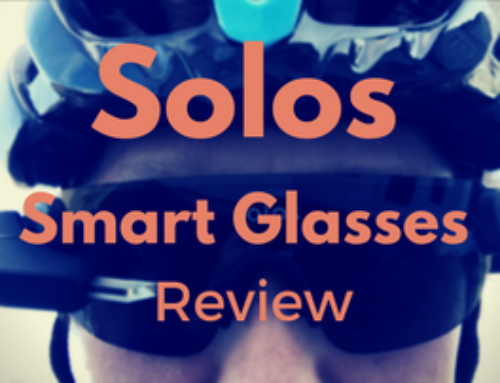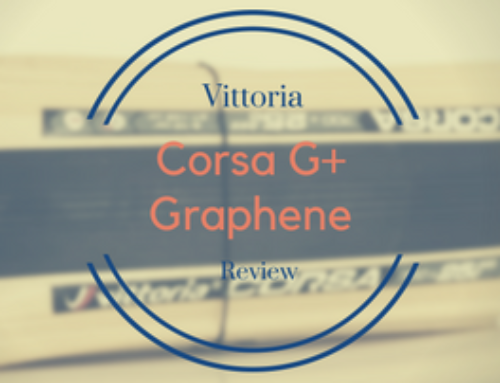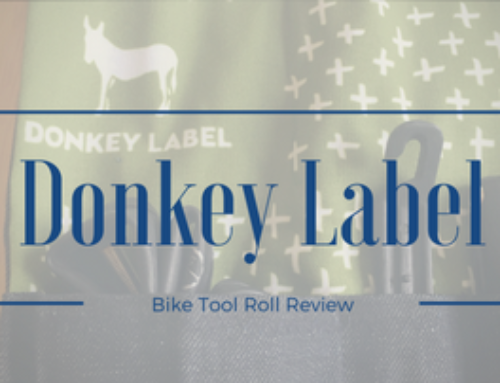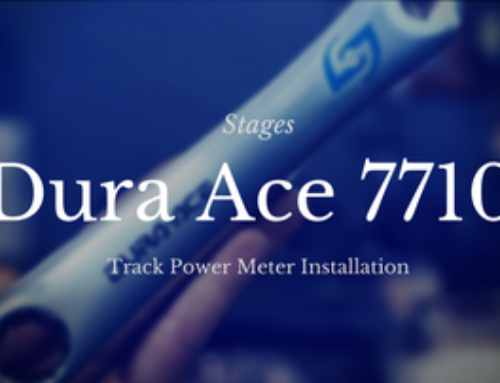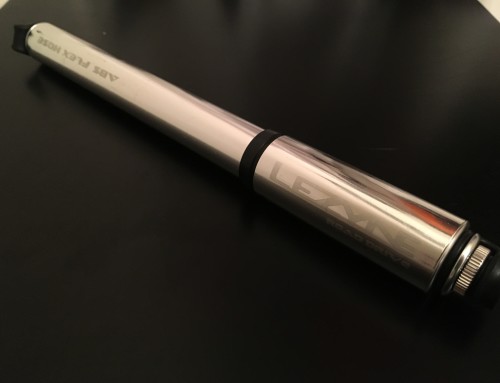There's an old saying that “shoes make the man” and the Bont Vaypor shoes are no exception. The speed skating shoe turned cycling shoe company based in Australia may not have the history that some other companies do, but they've found their way onto the feed of numerous professionals, including Bradley Wiggins, Johan Van Summern and the recently retired Thor Hushovd. But just because the pros use them does that mean they are good for everyone else out there?
I've put a season and a half on these shoes, using them for everything from training to racing to gravel grinding, and my impressions are after the jump:
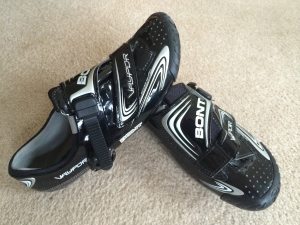 The Good
The Good
The Vaypor sits right in the middle of the Bont range, fitting nicely in between the Vaypor S and Vaypor + above and the A Two and Riot below. It comes stacked with a list of features including anatomical forefoot and heel cup, anti-stretch, heat moldable uppers, lateral forefoot support, medial longintudinal arch support and a cycling specific last model (the model of the foot used to build the shoe.) All that translates into a shoe that is on the cutting edge of technology and anatomical function. That huge laundry list of features can get a little confusing, so let's break everything down a little more:
Carbon “bathtub” sole – At the heart of Bont's shoes is a carbon “bathtub” type sole that is crazy stiff (and you can quote me on “crazy stiff.”) The one piece carbon sole wraps slightly up over the side of the foot to create a very secure foot/pedal interface ensuring all the power you put to your pedals actually gets to your pedals. There's no flex in the sole to sap your power and everything you feel through the bike you'll feel through your shoes.
Closure system – The Vaypor features a replaceable buckle and ladder strap system over the top of the foot which has a micro adjust for “just the perfect tension.” Gone are the days of being stuck with either too loose or too tight. Done away with is the foot sliding around in the shoe or being pinched and compressed by overly tight buckles. The forefoot is secured by a simple anatomically placed velcro strap that runs posteriorly from the first metatarsal phalangeal joint (fancy way of saying the ball of your foot or the first toe joint) across to the base of the 5th metatarsal. The idea is this arrangement distributes the cinching force over the foot in a natural, anatomical way as opposed to straight across the foot which can disrupt the normal metatarsal arch.
Wide, anatomical toe box and stiff anatomical heel cup – In most cycling shoes, the toe box is designed more like a dress shoe. This compresses the toes and distal end of the metatarsals laterally. In the case of the Vaypor, Bont has left an anatomical, wide toe box that allows the forefoot to spread out naturally as you press down on the pedal. This extra room and lack of lateral compression prevents nerve compression and reduces the dreaded “hot foot” feeling that some shoes are prone to.
Combine the wide toe box with the anatomically designed heel cup which is built to cradle and anchor the calcaneus in place and you have a shoe that's not only comfortable, but stable and allows for maximum power delivery to the pedals.
Medial longitudinal arch support – With an inbuilt arch support, the Vaypor is designed to prevent over pronation of the foot, and as a result, internal rotation and medial deviation of the knee during pedaling. With excessive pronation and tibial rotation, secondary issues include knee injuries, meniscus problems and through the poor knee tracking, hip motion and lumbar strain. Generally the aim of most orthotics, Bont has built the Vaypor to be anatomically correct right out of the box, (in theory) negating the need for further insoles.
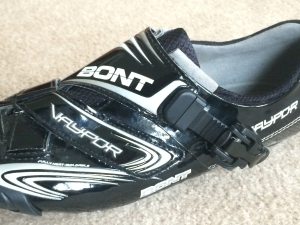 Replaceable parts – Most of the parts on the Vaypor are replaceable in case of crash damage or wear and tear. The toe bumper (the rubber piece on the toe designed to protect the shoe from tire/toe rub and other damage), the ratcheting buckle, the ladder strap, the toe and heel grips and the cleat grommets are all replaceable. All you need to do is check out Bont Online for spare parts and they'll be shipped right to your door.
Replaceable parts – Most of the parts on the Vaypor are replaceable in case of crash damage or wear and tear. The toe bumper (the rubber piece on the toe designed to protect the shoe from tire/toe rub and other damage), the ratcheting buckle, the ladder strap, the toe and heel grips and the cleat grommets are all replaceable. All you need to do is check out Bont Online for spare parts and they'll be shipped right to your door.
Heat moldable fit – Here's the deal with heat molding: put the shoes (preferably without cleats on them) in the oven at 160 degrees for about 12-15 minutes. Sure, it'll smell a little plasticky in your kitchen for a while, but you're warming those shoes up for some quality molding. Once they're “done” (i.e. the timer goes off) pull them out of the oven. Set them on the floor while you put a pair of cycling socks on, check the metal parts on the inside of the shoe for heat and then slip them on and cinch them down. Let them cool in that position for a few minutes. Repeat as necessary. If you have oddly shaped feet or bunions, you can use the blunt end of a screwdriver to push out certain spots.
Don't worry if you don't get it right the first time. You can reheat and remold your Vaypors as many times as you need. I've done it probably 4 or 5 times as the season progressed, and again early this season.
The Not-So-Good
Nothing in life is completely good, and in the interest of honesty and completeness, I'm including a few thoughts on things I think Bont could revise and improve upon.
The finish – The shiny, glossy black finish looks….let's be honest. It looks a little cheap. Kind of like faux-leather pants that you'd buy at Hot Topic. Well, maybe not that bad, but similar. I'm not a fan of gloss black in the first place, and up close I'm not a fan of this either. But from a distance, they don't appear too shiny at all. On a plus side, they are easy to wipe clean, but there's just something about the gloss black that reminds me of a leisure suit…
Relatively small area of cleat adjustment – Even though Bont prints a “micro grid” in the clearcoat on the sole of the shoe, cleat adjustment is limited to the adjustment built into the actual cleat itself. Some shoes have adjustable cleat grommets in them where you can actually adjust the position of the cleat screw holes as well. Ok, so not many do, but the ones that do are a welcome sight. (In reality, most shoes don't offer enough cleat adjustment for a lot of folks, prompting cleat and shoe modification.)
Insignificant insoles – I know I'm not the only one that doesn't even bother to try the stock insoles in new shoes. In this case, I tried one long ride with the stock insoles, even though I knew after about 15 minutes they weren't keepers. The stock Bont insoles are very thin, very squishy and don't provide much metatarsal arch support at all. For those who don't usually ride with any special insole, you'll probably be fine. But one other thing I noted about the stock insole is they allowed a lot of vibration through to the foot. Adding a thicker, padded insole takes away a lot of the vibration that translated through the sole of the shoe.
The Verdict:
All in all, Bont makes a shoe that has a couple of flaws and a few shortcomings, but those few are indeed very few. Having sampled shoes from Mavic, Specialized, Sidi and a few other companies, I'm firmly entrenched in the Bont camp. They offer a massive step up in stiffness and customizability compared to almost anything else on the market, especially when you consider you can go to the “mybonts” part of the Bont website and customize your shoes DOWN TO THE STITCHING COLOR!
If you're in the market for new kicks, these will absolutely not disappoint.
MSRP: $329 Bont.com/cycling or [easyazon_link identifier=”B00C8958NU” locale=”US” tag=”taicoaandthed-20″]Amazon[/easyazon_link]


